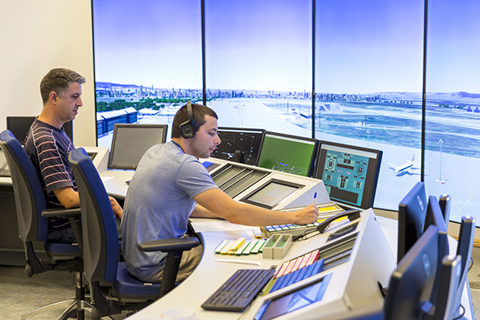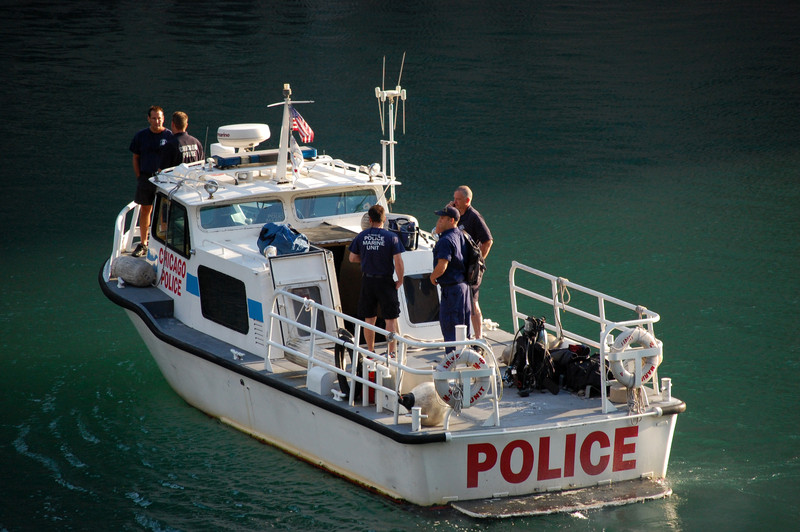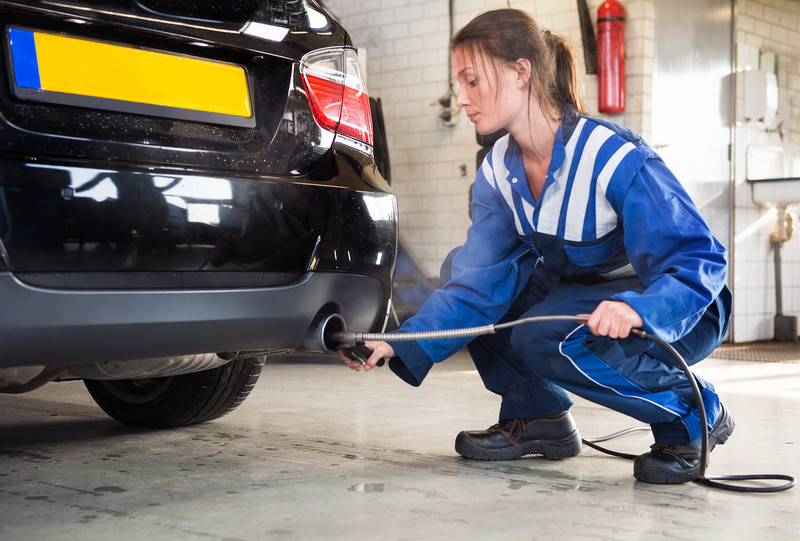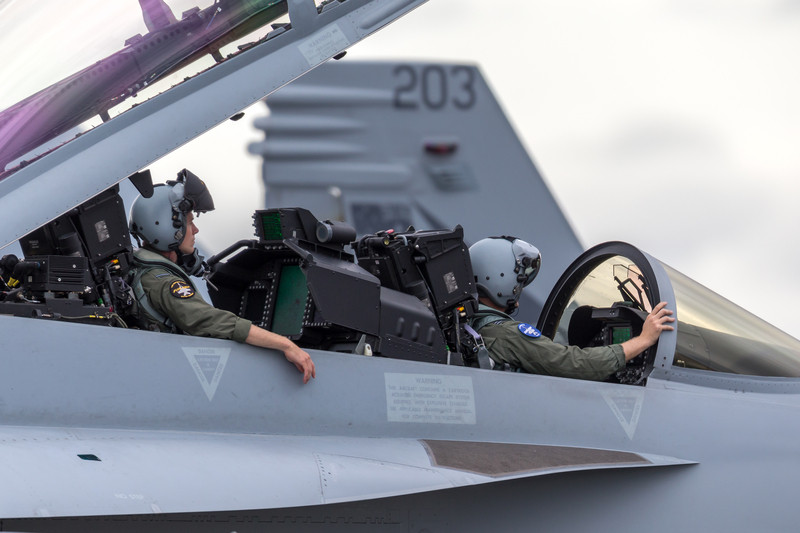The Clean Air Act is the law that defines the U.S. Environmental Protection Agency's (EPA) responsibilities to protect and improve the nation's air quality and the stratospheric ozone layer. The last significant change in the law, the Clean Air Act Amendments of 1990, was enacted by Congress in 1990. Legislation passed since then has made several minor changes. The Clean Air Act, like other laws enacted by Congress, was incorporated into the United States Code as Title 42, Chapter 85. Congress designed the Clean Air Act to protect public health and welfare from different types of air pollution caused by a diverse array of pollution sources. On October 8, 2008, the United States became a party to the Regulations for the Prevention of Air Pollution from Ships (MARPOL) 73/78, Annex VI (hereafter referred to as ‘Annex VI’). Starting on January 8, 2009, all U.S. ships must comply with the applicable portions of Annex VI. For the U.S. inspected vessels, the Coast Guard will verify shipboard compliance with the applicable provisions of Annex VI. They will issue an International Air Pollution Prevention (IAPP) Certificate or Annex VI COI endorsement as appropriate during routine scheduled inspections, such as during the review for certification or an annual re-inspection for endorsement on a COI. The coast guard will conduct Annex VI compliance exams in conjunction with other Coast Guard examinations or boardings and may issue IAPP Certificates upon request for uninspected vessels.
This course starts by explaining the history and the amendment of the Clean Air Act. You will learn about the control of common pollutants and other air pollution problems. Moreover, you will learn about EPA and MARPOL compliance for engines in addition to the emission control areas. We will take you through the EPA regulations for emissions from vehicles and engines besides its compliance requirements. The course outlines the primary diesel engine emissions and compares MARPOL and EPA applicability status before examining the regulations for emissions from marine spark-ignition engines. This course gives great detail to the domestic regulations for emissions from marine compression-ignition engines, including the international standards to reduce emissions from marine diesel engines and marine diesel engine fuels. It discusses the background and the tiers of the EPA evolution of nonroad diesel engine regulations. The course looks at the MARPOL Annex VI on NOx and SOx emissions from ship exhaust and emissions of ozone-depleting substances. You will also learn about the emission control areas along with the United State's regulators and enforcement.
This course on the Clean Air Act and Inspections aims at discussing the MARPOL Annex VI verification for U.S. flag vessels in addition to the IAPP certificate compliance dates and documents by vessel types. It analyzes the inspections of the EPA engine emission regulations besides technical files and engine documentation certifications. In addition, we investigate the international safety management code and the foreign flagship examination. You will learn about the inspections needed for hazardous and air pollutants from ships. We will also study the MARPOL Annex VI fuel oil sulfur standards and non-availability reports. Engines should be certified by U.S. EFA as meeting Clean Air Act Tier 3 concerning the issues incurred with low sulfur fuel. Understand the precautions necessary in handling low sulfur fuel oil and the procedures for fuel change-over. This course will be of great interest to students, researchers, marine engineers, environmentalists and anyone with an investment in protecting the marine environment by limiting air pollution by ship. Why wait? Start today and be a solution to helping our marine life!
What You Will Learn In This Free Course
- Outline the amendment of the Clean ...
- Outline the EPA regulations for emi...
- Discuss the regulations for emissio...
- Discuss the domestic regulations fo...
- Outline the amendment of the Clean Air Act
- Outline the EPA regulations for emissions from vehicles and engines
- Discuss the regulations for emissions from marine spark-ignition engines
- Discuss the domestic regulations for emissions from marine compression engines
- Describe the EPA evolution of nonroad diesel engine regulations
- Explain the MARPOL Annex VI on NOx and SOx emissions from ship exhaust
- Discuss the regulated standards of MARPOL Annex VI fuel on oil sulfur
- Discuss the IAPP certificate surveys and Annex VI requirement deficiencies
- Outline the engine documentation certifications
- Discuss the foreign flagship examination
- Outline the precautions in handling low sulfur fuel oil
View All Learning Outcomes View Less All Alison courses are free to enrol study and complete. To successfully complete this certificate course and become an Alison Graduate, you need to achieve 80% or higher in each course assessment. Once you have completed this certificate course, you have the option to acquire an official certificate, which is a great way to share your achievement with the world.
Your Alison certificate is:
- Ideal for sharing with potential employers
- Great for your CV, professional social media profiles and job applications.
- An indication of your commitment to continuously learn, upskill & achieve high results.
- An incentive for you to continue empowering yourself through lifelong learning.
Alison offers 3 types of certificates for completed certificate courses:
- Digital certificate: a downloadable certificate in PDF format immediately available to you when you complete your purchase.
- certificate: a physical version of your officially branded and security-marked certificate
All certificates are available to purchase through the Alison Shop. For more information on purchasing Alison certificate, please visit our FAQs. If you decide not to purchase your Alison certificate, you can still demonstrate your achievement by sharing your Learner Record or Learner Achievement Verification, both of which are accessible from your Account Settings.




















 CPD Accredited
CPD Accredited
 Total XP:
Total XP: 
 Knowledge & Skills You Will Learn
Knowledge & Skills You Will Learn
 $49,157
$49,157


.jpg)






